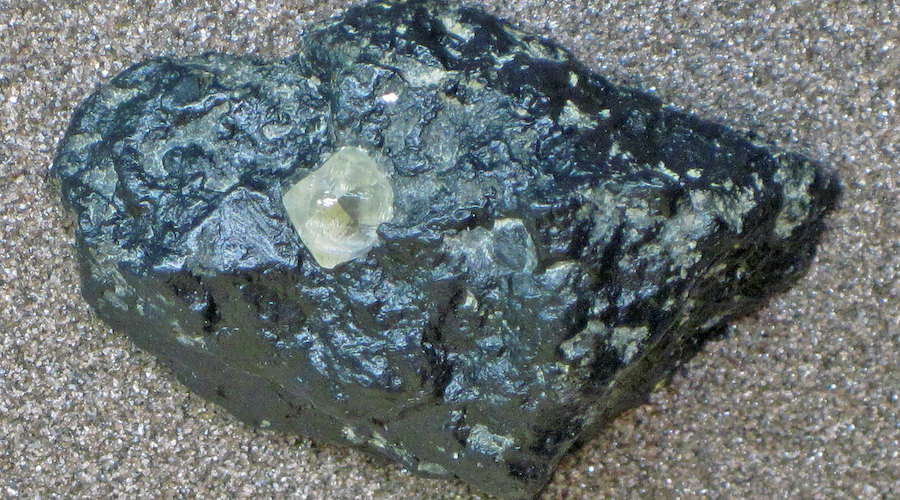Kimberlites provide clues as to how what happens on Earth’s surface affects the lower mantle


Researchers examining kimberlites from different epochs of Earth's history discovered that what happens on the planet’s surface affects its interior - even down to great depths.
In a paper published in the journal Science Advances, the group behind the discovery explained that diamond-bearing volcanic rocks, of which they examined about 150 samples to measure their isotopic composition, are messengers from the lowest regions of the Earth's mantle.
While conducting this work, the scientists noticed that the composition of younger kimberlites, which are less than 250 million years old, varies considerably from that of older rocks. In many of the younger samples, the composition of the carbon isotopes is outside the range that would be expected for rocks from the mantle.
The researchers, thus, saw a decisive trigger for this change in the composition of younger kimberlites in the Cambrian Explosion. This relatively short phase - geologically speaking - took place over a period of a few tens of million years at the beginning of the Cambrian Epoch, about 540 million years ago. During this drastic transition, almost all of today's existing animal tribes appeared for the first time.
“The enormous increase in life forms in the oceans decisively changed what was happening on the Earth's surface,” Andrea Giuliani, lead author of the study and a fellow at ETH Zurich, said in a media statement. “And this, in turn, affected the composition of sediments at the bottom of the ocean.”
According to Giuliani, for the Earth’s lower mantle, this changeover is relevant because some of the sediments on the seafloor, in which material from dead living creatures is deposited, enter the mantle through tectonic plates. Along the subduction zones, these sediments - together with the underlying oceanic crust - are transported to great depths. In this way, the carbon that was stored as organic material in the sediments also reaches the Earth's mantle.
The researcher pointed out that once sediments reach the mantle, they mix with other rock material and once about 200 or 300 million years have passed, they rise to the surface again in other places - for example in the form of kimberlite magmas.
In the view of Giuliani and that of his team, it is remarkable that changes in marine sediments leave such profound traces, particularly taking into account that only small amounts of sediment are transported into the depths of the mantle along a subduction zone.
“This confirms that the subducted rock material in the Earth's mantle is not distributed homogeneously, but moves along specific trajectories,” Giuliani said.
For the team behind the study, the new findings open the door to taking a deeper look at elements such as phosphorus or zinc, which were significantly affected by the emergence of life and which could also provide clues on how processes at the surface influence the Earth's interior.
This article initially appeared on www.Mining.com.
Comments